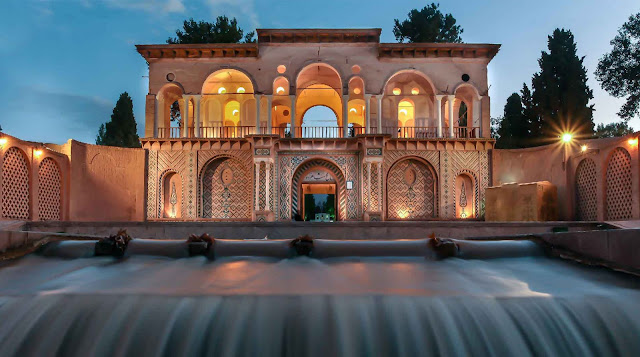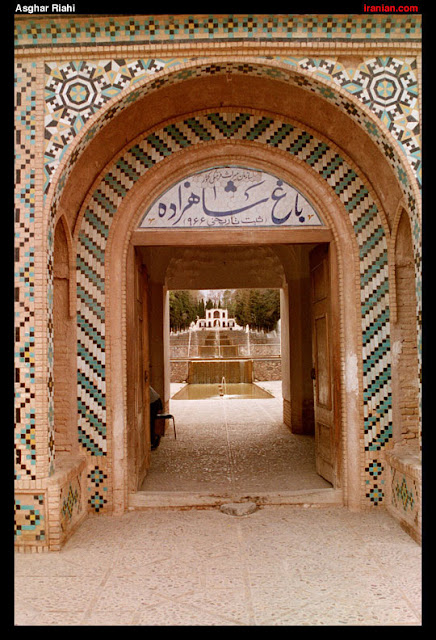Yaqub Leis Saffari (یعقوب لیث صفاری) (840-June 5, 879) was the founder of the Saffarid dynasty in Sistan, with its capital at Zaranj (a city now in south-western Afghanistan). He ruled territories that are now in Iran and Afghanistan, as well as portions of West Pakistan. In Iranian folklore, Yaqub is regarded as Robin Hood because according to legend he stole from the wealthy and helped the poor.
Yaqub was born in 840 in a small town called Karmin, which was located east of Zaranj and west of Bost, in what is now Afghanistan. He lived a very poor life until his family moved to the city of Zaranj. Yaqub began work as a coppersmith while his brother Amr worked as a mule-hirer. When the Tahirid dynasty of Khorasan came south to take control of the region, Yaqub fought in 852 under a local commander of Bost (now Lashkar Gah), Saleh. After killing a Kharijite captain named Amman, Yaqub was promoted to the position of a commander. He decided to give himself the title Emir at that point.
He attracted the attention of an Abbasid Caliph by conquering non-Muslim territories in the east, which are now mostly part of modern Afghanistan and Pakistan. Then he began acting as an independent ruler and eventually succeeded in gaining control of much of what is now Iran, Afghanistan and Pakistan. On the western periphery of the Afghan area the princes of Herat and Sistan had given way to rule by Arab governors but in the east, in the mountains, cities submitted only to rise in revolt and the hastily converted returned to their old beliefs once the armies passed. The harshness and avariciousness of Arab rule had produced such unrest that once the waning power of the Caliphate became apparent, native rulers once again established themselves independent. Yaqub became the sovereign monarch of the first dynasty after the Arab conquest and in many cases, the people he conquered had rebelled against their Islamic overlords and reverted to prior forms of worship.
From his capital Zaranj, he conquered a vast area that included Kabul Valley, Sindh, Tocharistan, Makran, Baluchestan, Kerman, Fars, Khorasan and Tabarestan. Yaqub was not ready yet to take on the Caliphate, so he used politics and instead of hostility. He sent many presents, silk, jewels and precious stones to Caliph to convince him that all of his conquering has occurred in the name of Caliph and that him and his troops were still faithful to Baghdad. This tactic worked and Caliph blessed him and gladly accepted the presents. This gave Yaqub a peace of mind from the West, to concentrate on the East. By the end of 873 AD, Yaqub had freed and reunited the majority of Iranian States from the hands of Arabs. He attempted to conquer Baghdad but was defeated by the much larger forces of the Caliph al-Mu'tamid.
It was during his rule that Persian was introduced as an official language, ending the pervasive influence of the Arabic language. Yaqub has been accorded the historical status of a popular folk hero in history because his court began the revitalization of the Persian language after two centuries of domination by the Arabic language.
Yaqub had colic disease and refused treatments when advised to do so. As a result, he died on Wednesday, June 5, 879, at a place called Gundishabur. Legend has it that on his deathbed he received the Caliph’s emissary who presented him jewels and offered him the governorship of several provinces. Yaqub responded with anger “Tell your ruler, I have lived all my life on bread and onion, if I survive, only sword will rule between the two of us”. He is buried 12 kilometers southeast of Dezful in a cone-shaped domed mausoleum and surrounded by other graves. An Arabic script inside the masouleum spelling out Yaqub’s name (and thus validating the claims of this being his tomb) and signs leading to the mausoleum have been vandalized with spray paint. While continuously in need of renovations and upkeep, the mausoleum for the most part remains neglected.



.jpg)
















